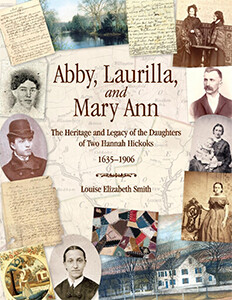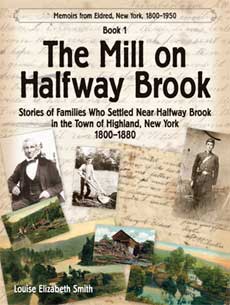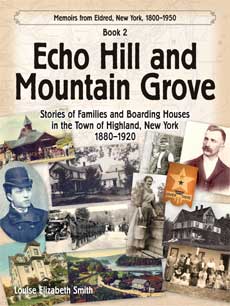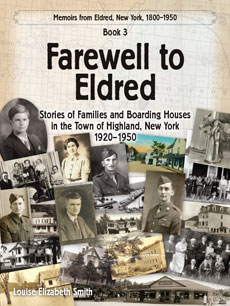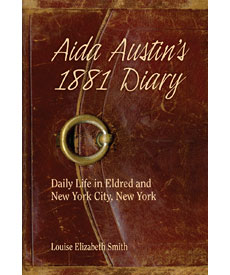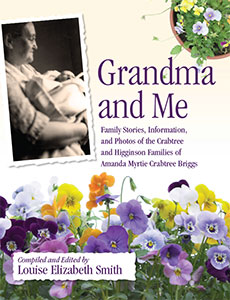You may be wondering when/if Book I will be published this year. I know I am.
Book I is in Book Limbo at present. Gary has done some awesome maps that will be so helpful as you read the story. But then life took over, so the book is on hold.
By “life taking over,” I mean things like:
-
• the continual remodeling of our home, of which the kitchen is now done except lighting, and currently the raising of the living room floor. There are a couple other possible projects, then hopefully the inside will be done.
• the rebooting and/or formatting (or whatever it is called) of my computer which likes to crash—today for the third time.
• most importantly, there has been paying work, and that is a plus as I (we) have a bad habit of liking to eat and to have a place to be shielded from the elements.
At this point, it would seem the earliest The Mill on Halfway Brook could realistically be available would be the end of December. Hopefully, at least by mid-January. This seems to be the book which is always two months away. Continue reading


